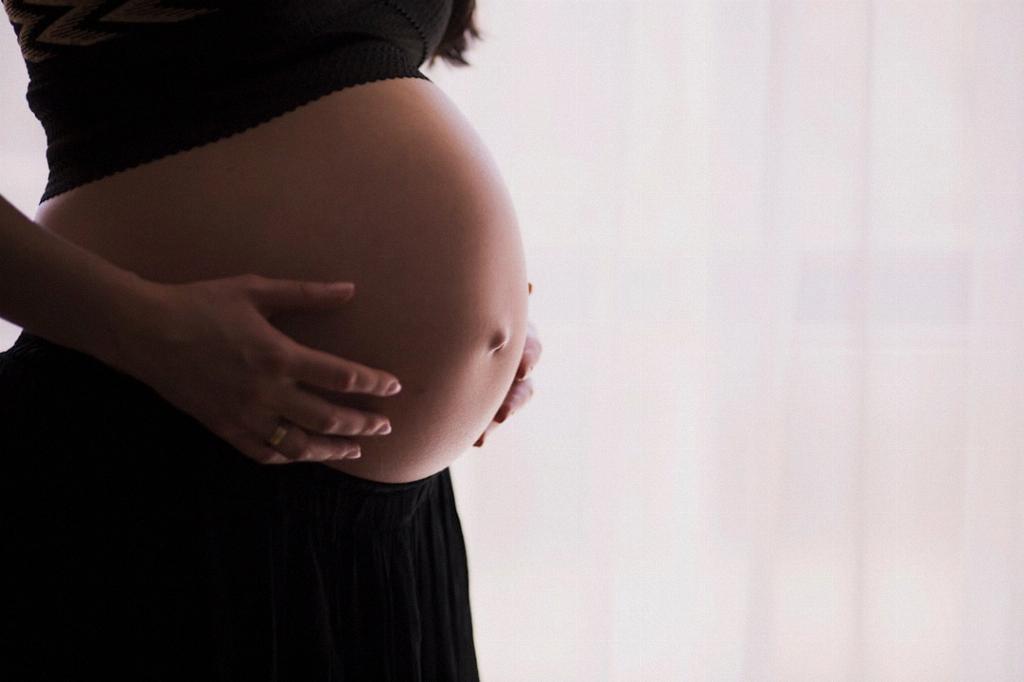When it comes to C-sections, it’s essential to understand that not all incisions are created equal. In fact, there are different types of C-section incisions that vary depending on the specific circumstances of the delivery. One crucial aspect to consider is that a C-section involves not just one incision, but two distinct cuts – an abdominal incision and a uterine incision.
Size Variation in C-section Incisions
Although the standard length for C-section incisions typically falls within the range of 4 to 6 inches, it’s important to note that there can be variations in size. Factors such as the baby’s size, the mother’s anatomy, and medical considerations may influence the length and type of incision made during the surgery. While most C-section cuts are designed to be large enough for the baby’s head and body to pass through comfortably, the exact size can differ from case to case.
Low Transverse Incisions
One common type of C-section incision is known as a low transverse incision. This type of cut is made horizontally across the lower part of the uterus and is typically the preferred choice for many obstetricians. Low transverse incisions are often considered to have better healing outcomes and lower risks of complications compared to other types of incisions.
Low Vertical Incisions
Another option for C-section incisions is the low vertical incision, which is made vertically along the lower part of the uterus. While this type of incision may be necessary in certain situations, such as when rapid access to the baby is required, it is less commonly used than the low transverse incision due to potential risks and complications.
Classical Incisions
Classical incisions are a third type of C-section incision that involves a vertical cut in the upper part of the uterus. This type of incision is typically reserved for specific cases where access to the baby is challenging or when there are concerns about the baby’s well-being. However, classical incisions are associated with a higher risk of complications and may impact future pregnancies.
Other Considerations in C-section Cuts
It’s important to acknowledge that the size and type of C-section incision made during surgery are determined by various factors, including the health of the mother and baby, the reason for the C-section, and the preferences of the healthcare provider. While most incisions are designed to be a certain size to facilitate the safe delivery of the baby, variations may occur based on individual circumstances.
Potential Impacts of C-section Incisions
The size and type of C-section incision can have implications for the mother’s recovery after the surgery. While smaller, low transverse incisions may result in less pain and quicker healing, larger or vertical incisions could lead to a more extended recovery period and increased risk of complications such as wound infection or herniation. Therefore, the choice of incision type is a crucial consideration in C-section procedures.
Consultation with Healthcare Providers
Ultimately, the decision regarding the size and type of C-section incision should be made in consultation with healthcare providers, including obstetricians, midwives, and surgeons. These professionals have the expertise to assess the specific needs of each individual case and recommend the most appropriate incision type to ensure a safe and successful delivery.
Conclusion
In conclusion, not all C-section cuts are the same size, as there are several types of incisions that may be utilized depending on the circumstances of the delivery. While most incisions range from 4 to 6 inches in length, variations exist based on factors such as the baby’s size, maternal health, and medical considerations. Understanding the different types of C-section incisions and their potential impacts is crucial in ensuring a positive outcome for both mother and baby during childbirth.

